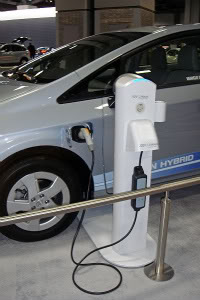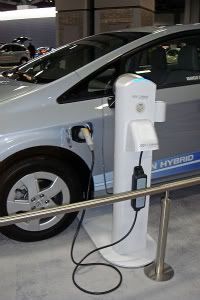Offer Your Opinion on the New EPA Vehicle Ratings


My main concern is that the proposed plan has the potential to confuse more than to clarify. When the ratings began, their only real purpose was to inform people as to the fuel costs they would incur with their new vehicle. And certainly, if there has been any change in that concern over the years, it’s been amplified by the economic downturn. Now, however, there is a companion concern: the level of environmental damage done per mile.
So my recommendation is simply that the ratings provide as clearly and simply as possible two numbers:
1) What is the cost of operating this vehicle?
and
2) To what degree is this vehicle environmentally friendly?
Numbers that provide battery ranges or letter grades that invite criticism and doubt need to be replaced with two numbers:
The cost per mile of operating the vehicle. This is the average cost per mile to fuel the car, given the national average prices of gasoline and electricity. If the vehicle has no plug, this is the average price of whatever liquid fuel it takes, divided by the MPG. If it’s a battery electric, it’s the average cost per kilowatt-hour divided by the car’s use of kilowatt-hours per mile. If it’s a plug-hybrid, this is less clear, but should be provided as a range depending on the percentage of miles the owner believes he’ll drive in the battery-only range.
The degree to which the vehicle is environmentally friendly. This should also be expressed as a single number – perhaps pounds of carbon per mile, using the national well-to-wheels averages associated with the fuel – or blend of fuels — in question. Obviously, this will change over time (even if the cars themselves remain constant) as the migration to renewable energy creates a wider discrepancy in favor of EVs.
In my mind, this recommendations represents an improvement over the EPA’s proposed plan in two critical ways:
Clear, numerical expressions of the only two relevant data points, and
No letter grades that might appear subjective or disputable.
I’m counting on seeing this implemented exactly as I’ve written it here, and checking my inbox for a note of thanks. Just kidding.
